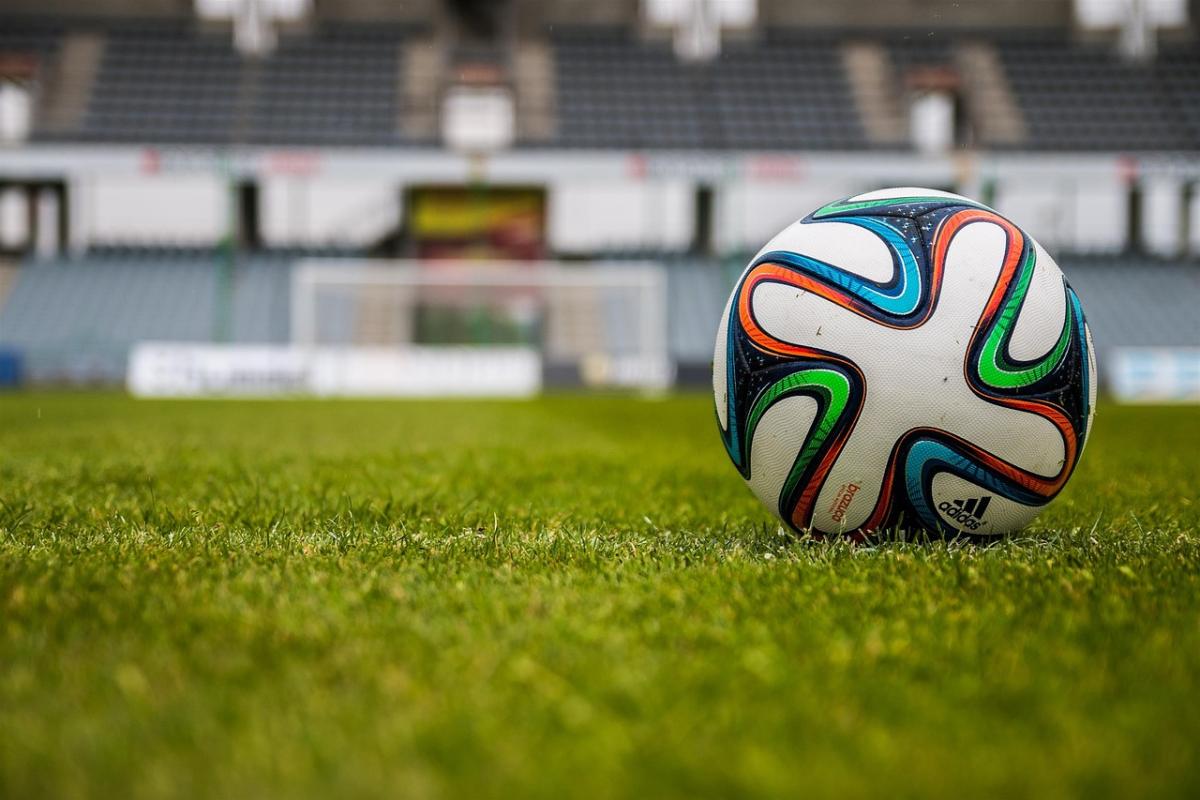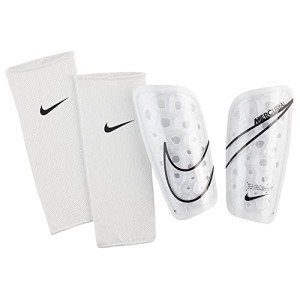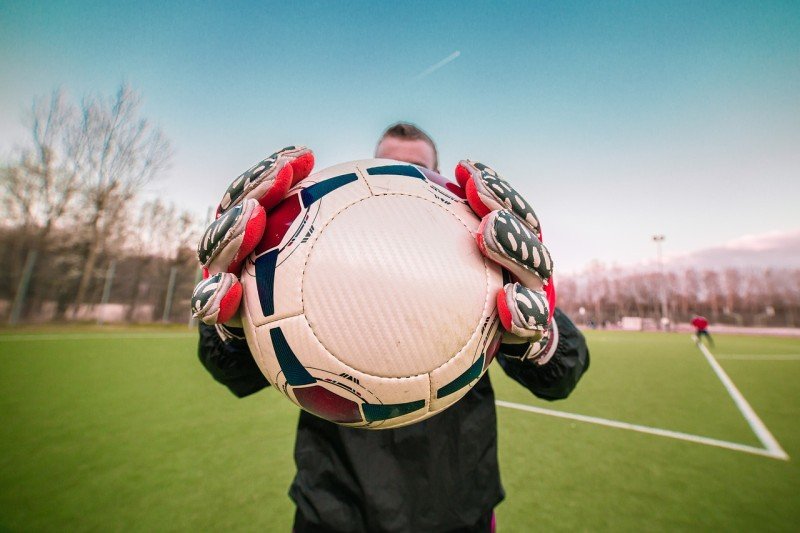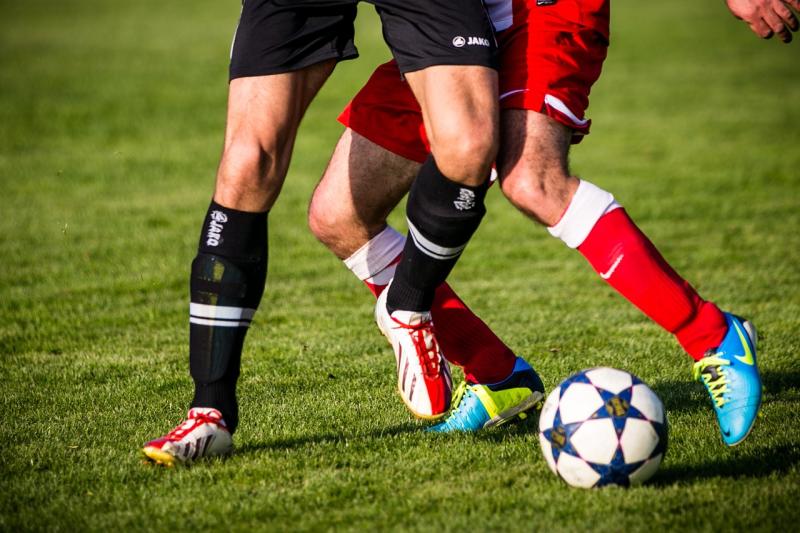When you step onto the pitch, your gear should work as hard as you do. Whether you’re breaking ankles with your footwork or holding the line as a rock-solid defender, the right equipment makes all the difference. From the perfect cleats to the socks that don’t bunch up mid-dribble, having the right setup gives you the confidence to focus on what really matters: playing your best game.
Let’s break down the soccer essentials every player should have in their bag—no fluff, just the gear that gets it done.
1. Cleats: Your Foundation on the Field
Your cleats are arguably your most important piece of gear. They’re your connection to the ground and the key to your traction, speed, and control. Choosing the right type depends on where you play and how you play.
Firm Ground Cleats (FG) These are the MVPs of the cleat world. Designed for natural grass fields in dry conditions, firm ground cleats feature molded studs that give you great grip without digging in too deep. Perfect for most weekend games or school matches. Make sure they fit snugly but leave a little wiggle room in the toe box.
Soft Ground Cleats (SG) If you’re sliding around in the mud or playing in rainy climates, soft ground cleats are your best bet. They have longer, often removable metal studs that can be customized for maximum traction. They're not for everyday use, but when you need them, you’ll be glad you have them.
Turf Shoes (TF) Playing on artificial turf or short synthetic grass? Turf shoes offer small rubber studs or patterns across the sole to help with grip. They’re also a great pick for futsal or indoor-style games. Bonus: Turf shoes are usually more comfortable for walking to and from the pitch.
Indoor Shoes (IC) These have flat, non-marking soles for gym floors or futsal courts. They're all about grip, quick movement, and ball control in tight spaces. If you play indoor soccer during the off-season or train indoors, don’t skip these.
Pro tip: Pick cleats based on your position and playing style. Speedsters might look for lightweight, low-cut cleats, while defenders may want something more structured and supportive.
2. Socks: Don’t Underestimate the Power of Comfort
Soccer socks are more than just colorful leg warmers. They cushion your feet, support your arches, and keep your shin guards in place. The wrong pair can lead to blisters, bunching, or slipping guards—none of which you want to deal with mid-match.
What to look for:
-
Moisture-wicking fabric: Keeps feet dry and reduces the chance of blisters.
-
Cushioning: Extra padding in the heel and toe for shock absorption.
-
Arch support: Helps with comfort and reduces fatigue.
-
Snug fit: Avoid socks that slide down or bunch up. They should stay locked in place through sprints, cuts, and stops.
And yes, style counts too. Show off your flair with bold colors, stripes, or your team’s logo—but never at the expense of function.
3. Shin Guards: Protection That Moves With You
If you've ever taken a cleat to the shin, you know shin guards aren’t optional—they're essential. Good ones feel light, stay in place, and protect without restricting your movement.
Key features to consider:
-
Material: Hard plastic shells with foam backing offer great protection and comfort.
-
Fit: Should cover most of your shin without riding up into your knee. Try different sizes and shapes.
-
Style: Slip-in guards slide under your socks and are great for advanced players who want a minimalist feel. Strap-on guards offer extra stability and are great for youth and beginners.
-
Ventilation: Perforated or mesh-backed guards help reduce sweat and improve breathability.
Always wear shin guards with confidence—you play better when you’re not worried about getting hurt.
4. Soccer Ball: Your Best Training Partner
You can’t improve your touch, shooting, or passing without the right ball. There are tons of options out there, and while they may all look similar, they definitely don’t play the same.
What to consider when buying a ball:
-
Size:
-
Size 3: For kids under 8
-
Size 4: For ages 8–12
-
Size 5: For ages 13 and up (standard adult size)
-
-
Material:
-
PU (polyurethane) offers a soft feel and durability—great for matches.
-
PVC is tougher and more budget-friendly—ideal for training.
-
-
Stitching:
-
Hand-stitched balls usually last longer.
-
Machine-stitched balls offer more uniformity.
-
Always check the pressure—under- or over-inflated balls change how the ball moves. Keep a pump in your gear bag, and you’ll always be ready.
If you’re serious about improving, it’s worth having both a training ball and a match ball. That way, you can beat one up in practice and save the other for game day.
5. Training Gear: Tools to Sharpen Your Game
Want to get better faster? Supplement your practice with gear that hones your skills.
Training cones: Use them for dribbling drills, sprint workouts, or footwork agility exercises.
Rebounders and nets: Great for solo practice—improve your first touch, passing accuracy, or finishing.
Speed ladders and hurdles: Build foot speed, agility, and coordination.
Resistance bands and strength gear: Train like the pros. These help with injury prevention and explosive movement.
Training outside of team practice gives you the edge. Just a few focused sessions a week can set you apart.
6. Water Bottle: Hydration = Performance
It sounds basic, but staying hydrated is one of the easiest ways to keep your energy levels high and reduce cramps. Invest in a reusable, durable water bottle and bring it to every session and match. Some even come with built-in time markers to remind you to drink regularly.
7. Gear Bag: Keep It All Together
No one wants to be the player showing up with loose cleats and socks crammed in a plastic bag. A solid soccer gear bag helps you stay organized, protect your gear, and look the part.
What to look for:
-
Separate compartments: For shoes, clothes, and valuables.
-
Ventilation: Especially for shoes and wet clothes.
-
Durability: Look for heavy-duty zippers and weather-resistant fabric.
-
Size: Big enough to fit your ball, but not so huge you can’t carry it comfortably.
Final Whistle: Set Yourself Up for Success
Every soccer player, no matter their age or skill level, needs gear they can count on. It’s not just about looking good—it’s about feeling ready and playing with confidence. The right cleats give you traction, the right ball gives you control, and the right mindset gives you the edge.
So whether you’re a weekend warrior, a rising star, or just getting started, investing in the right soccer gear is one of the smartest plays you can make.
Gear up. Game on. ⚽
Need help picking your next cleats or training ball? Check out our top picks in the store or read our in-depth reviews on the blog.







